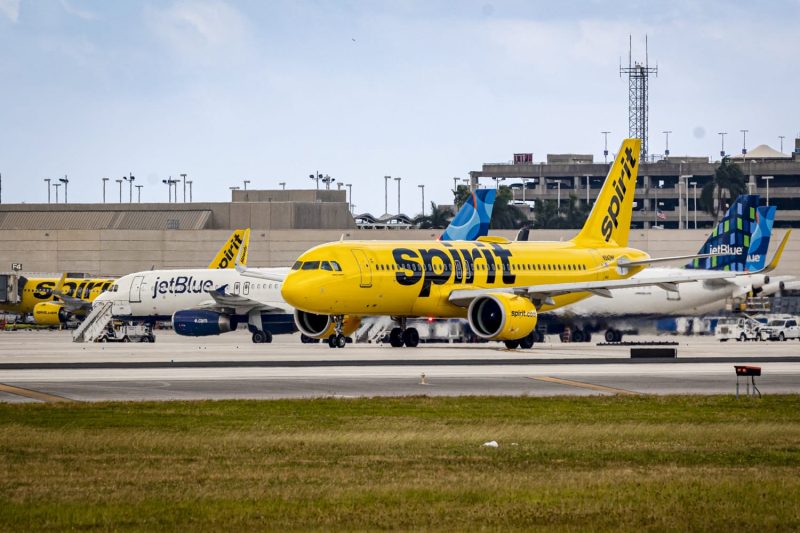In recent years, the aviation industry has seen a surge in the emergence of low-cost airlines offering budget-friendly flights to travelers around the world. With the demand for affordable air travel on the rise, these airlines have found ways to streamline their operations and reduce costs in order to stay competitive in the market. One of the key strategies low-cost airlines are adopting is investing in new, more fuel-efficient aircraft to cut back on operational expenses and provide passengers with a more comfortable flying experience.
The trend of low-cost airlines investing in new planes is evident across the industry, with carriers such as Southwest Airlines, Spirit Airlines, and Ryanair making significant fleet expansions in recent years. By incorporating modern aircraft into their fleets, these airlines are able to benefit from lower fuel consumption, reduced maintenance costs, and improved overall performance compared to older, less efficient planes.
Moreover, new planes often come equipped with advanced technology and amenities that enhance the passenger experience, such as in-flight entertainment systems, spacious seating configurations, and improved cabin air quality. These features not only attract more customers to low-cost airlines but also contribute to a more pleasant and enjoyable travel experience for those on board.
In addition to the operational and customer experience advantages, investing in new planes also allows low-cost airlines to reduce their environmental impact. Modern aircraft are designed to be more eco-friendly, with lower emissions and noise levels compared to older models. By transitioning to these newer, greener planes, low-cost carriers can play a role in promoting sustainable air travel practices and reducing their carbon footprint in the long run.
While the initial investment in new aircraft may require a significant capital outlay, low-cost airlines are recognizing the long-term benefits of this strategic decision. By cutting back on fuel expenses, maintenance costs, and environmental impact, these carriers are positioning themselves for continued growth and success in the competitive aviation industry.
In conclusion, the shift towards investing in new, more fuel-efficient planes represents a smart business move for low-cost airlines looking to optimize their operations and attract more passengers. By embracing modern technology, enhancing the passenger experience, and promoting sustainability, these carriers are setting themselves up for a bright future in the ever-evolving world of air travel.

